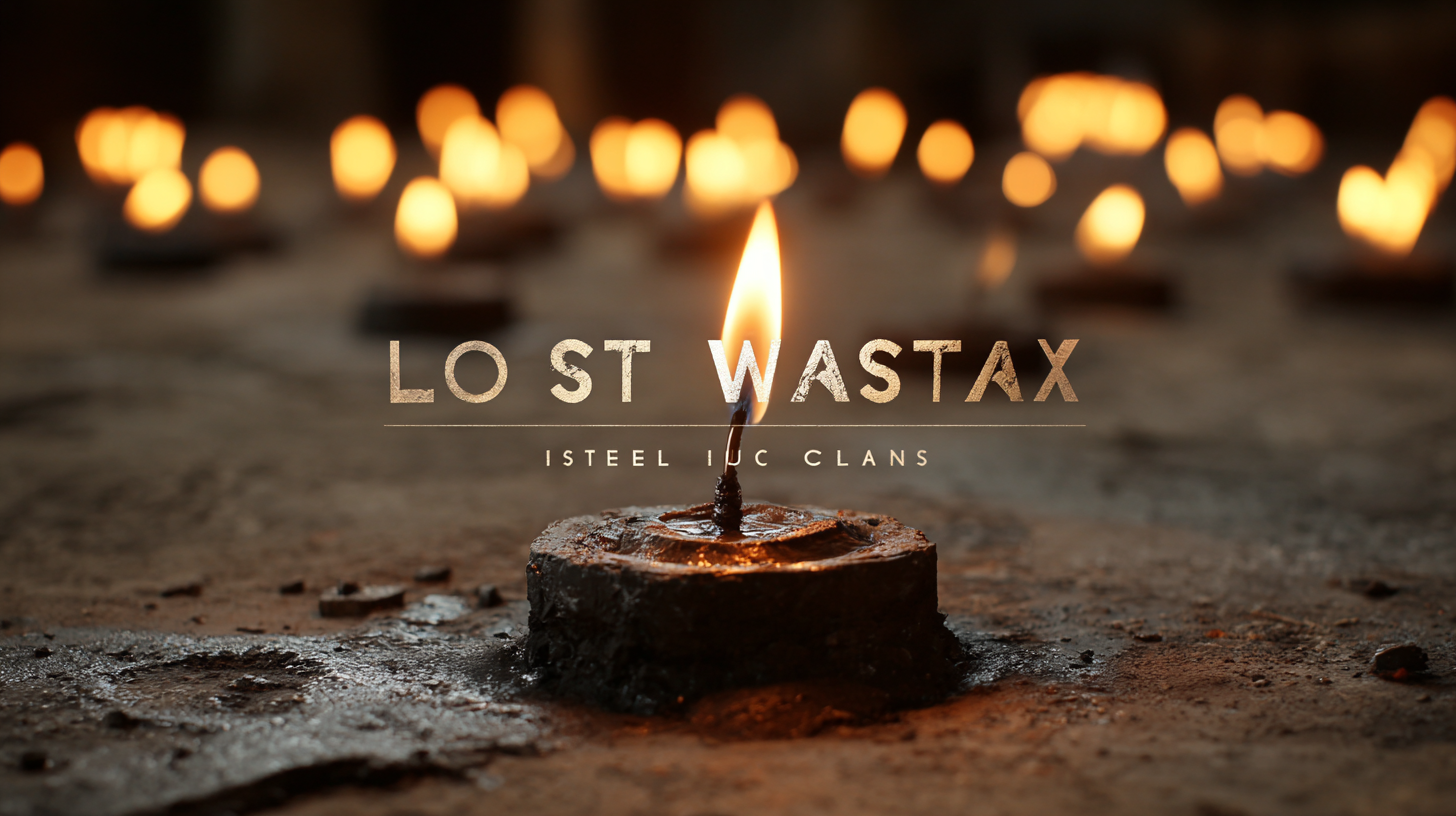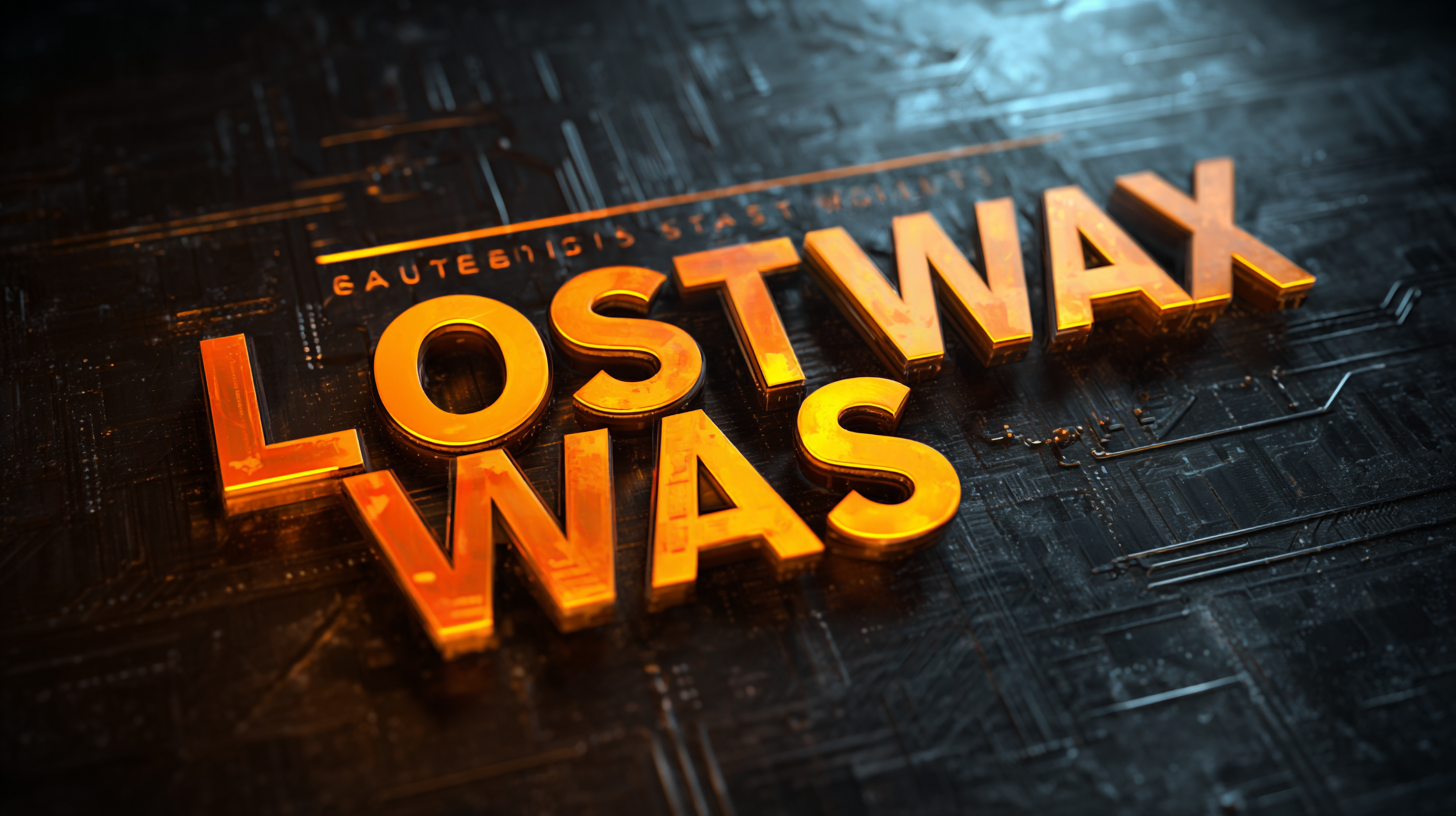In today's competitive manufacturing landscape, the demand for precision and innovation is greater than ever, driving industries to seek advanced solutions that enhance product quality and operational efficiency. One such solution is Lost Wax Steel Casting, a process renowned for its ability to produce intricate designs with impeccable accuracy. According to a report by IBISWorld, the global metal casting market is projected to reach $200 billion by 2025, with investment in advanced casting techniques, including Lost Wax Steel Casting, playing a pivotal role in this growth. The benefits of this method extend beyond precision; it also offers better material utilization and the ability to work with complex geometries, making it ideal for industries ranging from aerospace to automotive. By unlocking the potential of Lost Wax Steel Casting, manufacturers can not only meet the increasing demands of today’s market but also foster a culture of innovation that paves the way for future advancements.

The evolution of lost wax steel casting has significantly influenced modern manufacturing, providing companies with enhanced precision and efficiency. According to a report by the American Foundry Society, advancements in technology have led to a 30% reduction in material waste during the casting process. This improvement not only lowers manufacturing costs but also aligns with sustainable practices by minimizing environmental impact. As industries increasingly prioritize eco-friendliness, lost wax casting emerges as a preferred method due to its ability to produce complex geometries with minimal excess material.
Furthermore, the adoption of computer-aided design (CAD) and simulation software has revolutionized the lost wax casting process. The integration of these technologies allows for more accurate modeling and testing of designs before production, reducing errors and speeding up time-to-market. A report from MarketsandMarkets predicts that the investment in CAD technologies will grow at a CAGR of 7.8% through 2025, highlighting the industry's commitment to innovation. These advancements are not just enhancing the quality of products but also empowering manufacturers to respond more swiftly to market trends, ultimately unlocking new avenues for growth and development in the competitive landscape.
Lost wax casting, also known as investment casting, offers substantial advantages over traditional manufacturing methods. One primary benefit is the ability to produce intricate and detailed designs that would be difficult or impossible to achieve through conventional processes. This precision is achieved thanks to the wax pattern, which allows for a high-quality mold with smooth surface finishes, reducing the need for extensive post-processing. Moreover, the lost wax technique is suitable for a wide range of materials, including various types of steel and alloys, providing flexibility in meeting diverse manufacturing needs.
Another significant advantage of lost wax casting is its efficiency in material usage. The process allows for minimal waste, as excess metal can often be reused in subsequent casts. This not only lowers production costs but also aligns well with sustainability practices in manufacturing. Additionally, lost wax casting can handle low to medium production runs effectively, making it an excellent choice for both prototype development and series production. With these benefits, manufacturers can achieve exceptional quality while streamlining their processes, making lost wax steel casting an attractive option for businesses looking to enhance their innovation capabilities.
The chart above illustrates the key advantages of lost wax casting compared to traditional methods. It highlights factors like precision, surface finish, and the ability to produce complex shapes, showcasing lost wax casting's efficiency in manufacturing processes.
When considering manufacturing solutions, a cost-benefit analysis reveals that investing in quality lost wax steel casting can yield significant returns. According to a report by the American Foundry Society, the precision of lost wax casting allows for a reduction in material waste by up to 30%, leading to remarkable cost savings in both materials and labor. This method's ability to produce intricate designs without the need for extensive machining further enhances its economic efficiency, as it minimizes secondary operations that traditionally inflate costs.
Moreover, the durability and strength of components produced through lost wax casting are critical factors that contribute to long-term value. A study by the Steel Founders' Society of America indicates that parts made with lost wax techniques exhibit mechanical properties superior to those produced by other casting methods, leading to increased operational reliability and decreased frequency of replacements. With the global demand for high-quality steel castings projected to grow at a CAGR of 3.5% between 2021 and 2026, manufacturers can confidently choose this method to meet both quality and cost-efficiency in their production lines.
 Precision casting, particularly through lost wax methods, revolutionizes the manufacturing landscape by significantly enhancing product performance. Industry statistics reveal that components produced via precision casting exhibit superior dimensional accuracy and surface finish compared to those made through traditional casting techniques. This heightened precision leads to a reduction in the necessity for additional machining processes, ultimately streamlining production pipelines and lowering overall costs.
Precision casting, particularly through lost wax methods, revolutionizes the manufacturing landscape by significantly enhancing product performance. Industry statistics reveal that components produced via precision casting exhibit superior dimensional accuracy and surface finish compared to those made through traditional casting techniques. This heightened precision leads to a reduction in the necessity for additional machining processes, ultimately streamlining production pipelines and lowering overall costs.
Moreover, the impact of precision casting extends beyond mere efficiency; it also improves the mechanical properties and durability of the final products. Components manufactured using the lost wax process often display increased strength and resilience, making them ideal for demanding applications in industries such as aerospace, automotive, and energy. With these advantages, businesses can achieve not only operational excellence but also a competitive edge in the market, as customers increasingly demand high-quality, reliable products that meet stringent performance standards. Thus, opting for the best lost wax steel casting is not just a tactical decision; it's a strategic move that aligns with the evolving needs of modern manufacturing.
Lost wax casting, also known as investment casting, is increasingly recognized for its eco-friendly benefits in manufacturing. This process is characterized by its ability to reduce waste significantly. According to a report by the National Institute of Standards and Technology, traditional casting methods can produce up to 50% more waste material than lost wax casting. By utilizing this technique, manufacturers can achieve a material utilization rate of over 95%, thereby contributing to a more sustainable production cycle.
 Moreover, lost wax casting often necessitates less energy compared to other metalworking processes. The Energy and Environmental Research Associates indicate that casting processes like sand casting consume approximately 25-30% more energy per part produced. Therefore, companies adopting lost wax casting not only enhance their sustainability profile but also reduce overall production costs.
Moreover, lost wax casting often necessitates less energy compared to other metalworking processes. The Energy and Environmental Research Associates indicate that casting processes like sand casting consume approximately 25-30% more energy per part produced. Therefore, companies adopting lost wax casting not only enhance their sustainability profile but also reduce overall production costs.
Tip: Consider integrating lost wax casting into your manufacturing processes to not only minimize environmental impact but also optimize material and energy use. Additionally, regularly assess and analyze your waste production to identify opportunities for further sustainability enhancements in your operations. Embracing eco-friendly methodologies can yield both environmental and economic advantages.
